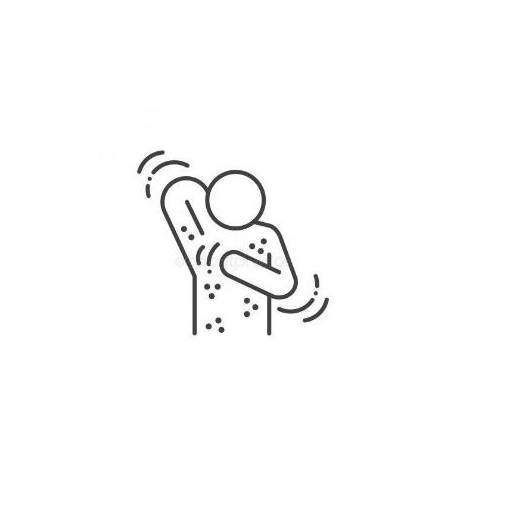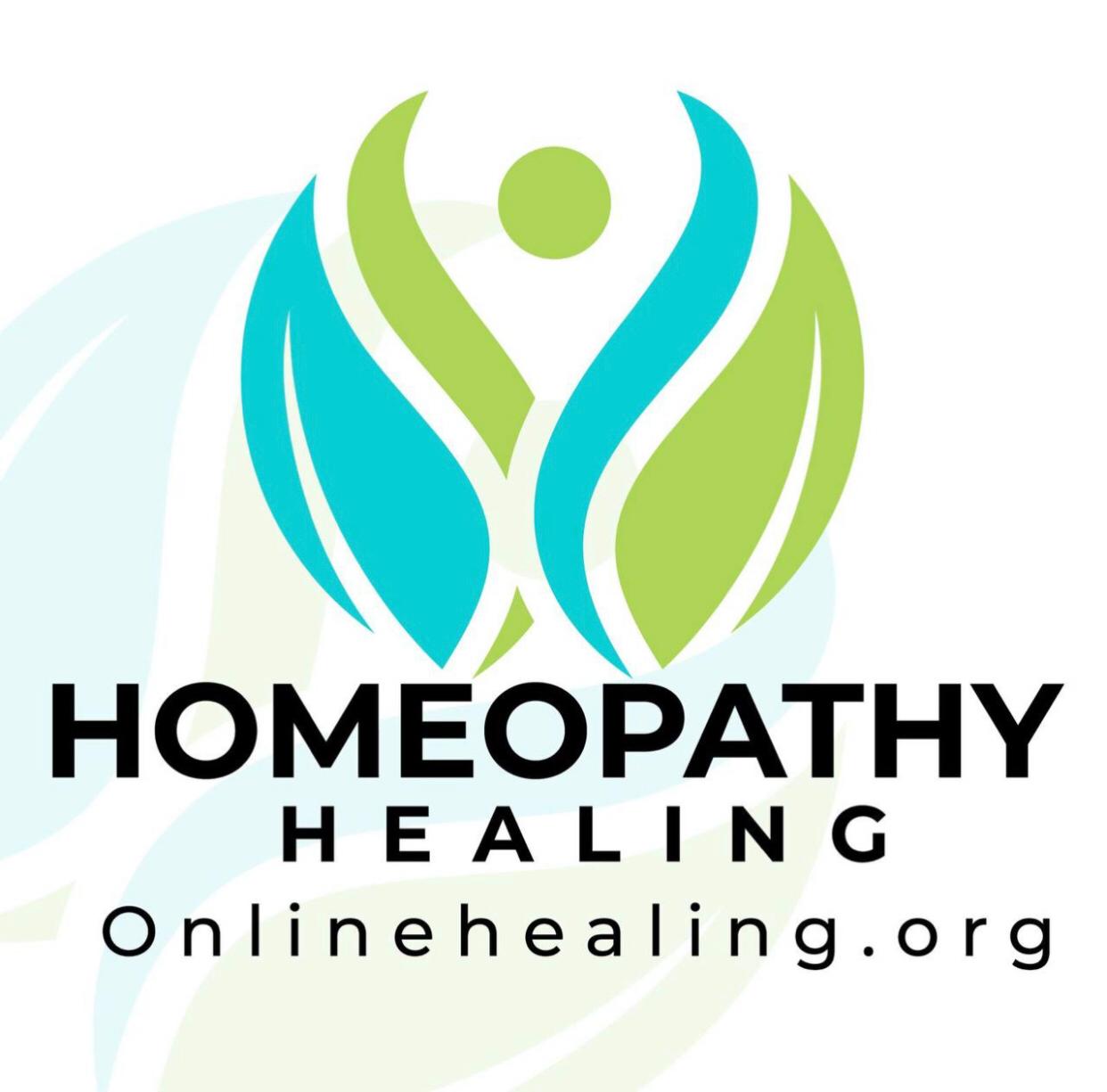Urticaria is raised, itchy areas of skin that are usually a sign of an allergic reaction. It can be rounded or flat-topped but are always elevated above the surrounding skin. Urticaria is also called as “Hives” or “Nettle rash”.
It affects about 20 percent of people at some time during their lives. The itching may be mild to severe. Scratching, alcoholic beverages, exercise and emotional stress may worsen the itching.

Causative factors for Urticaria:
Urticaria is caused by an allergy. This allergy can occur after coming into contact with a number of possible things. All these possible allergens are normal and commonly seen or used products or even natural substances. The immune system of an affected person may respond abnormally to the presence of a substance which is otherwise completely harmless.
The most common foods that cause Urticaria are nuts, chocolates, fish, tomatoes, eggs, fresh berries and milk. Fresh foods cause hives more often than cooked foods. Certain food additives and preservatives may also cause Urticaria.
Types of Urticaria:
1. Acute Urticaria: Hives lasting less than six weeks. The most common causes are certain foods, medications, or infections. Insect bites and internal disease may also be responsible.
2. Chronic Urticaria: Hives lasting more than six weeks. The cause of this type of hives is usually more difficult to identify than those causing acute Urticaria. For most people with chronic Urticaria, the cause is impossible to determine. In some cases, though, the cause may be thyroid disease, hepatitis, infection, or cancer.
3. Drug-induced Urticaria: It has been known to result in severe cardiorespiratory failure. The anti-diabetic Sulphonyl urea glimepiride, in particular, has been documented to induce allergic reactions manifesting as urticarial.
Symptoms:
Symptoms can last anywhere on the body from minutes to months or even years.
-
Hives can appear on any area of the body; they may change shape, move around, disappear and reappear over short periods of time.
-
The bumps – red or skin-colored “wheals” with clear edges – usually appear suddenly and go away just as quickly.
-
Pressing the center of a red hive makes it turn white – a process called “blanching.”
How to diagnose an Urticaria?
Chronic hives should be evaluated by an allergist with family and medical history, substances to which you are exposed at home and at work, exposure to pets or other animals and any medications are taken recently. Allergist may want to conduct skin tests, blood tests and urine tests to identify the cause of hives.
If a specific food is the suspected trigger, allergist may do a skin-prick test or a blood test to confirm the diagnosis.
Once the trigger is identified, allergist advised to avoid that food and products made from it. In rare instances, the allergist may recommend an oral food challenge a carefully monitored test in which you’ll eat a measured amount of the suspected trigger to see if hives develop.
If a medication is suspected as the trigger, allergist can conduct similar tests, and a cautious drug challenge similar to an oral food challenge, but with medications – may also be needed to confirm the diagnosis.
How Homeopathy helps to cure an Urticaria?
Homeopathy treatment of Hives or Urticaria, it has shown consistently good results over the ages and that too all over the world. This has been the experience of patients all over the world and at the hands of Homeopathic doctors all over the world. Even in the most severe and chronic cases, the results have been most encouraging. Homeopathy treats the person as a whole. It means that homeopathic treatment focuses on the patient as a person, as well as his pathological condition. The homeopathic remedies for Urticaria are selected after a full individualizing examination and case analysis, which includes the medical history of the patient, physical and mental constitution etc. A miasmatic tendency is also often taken into account for the treatment of chronic conditions.
